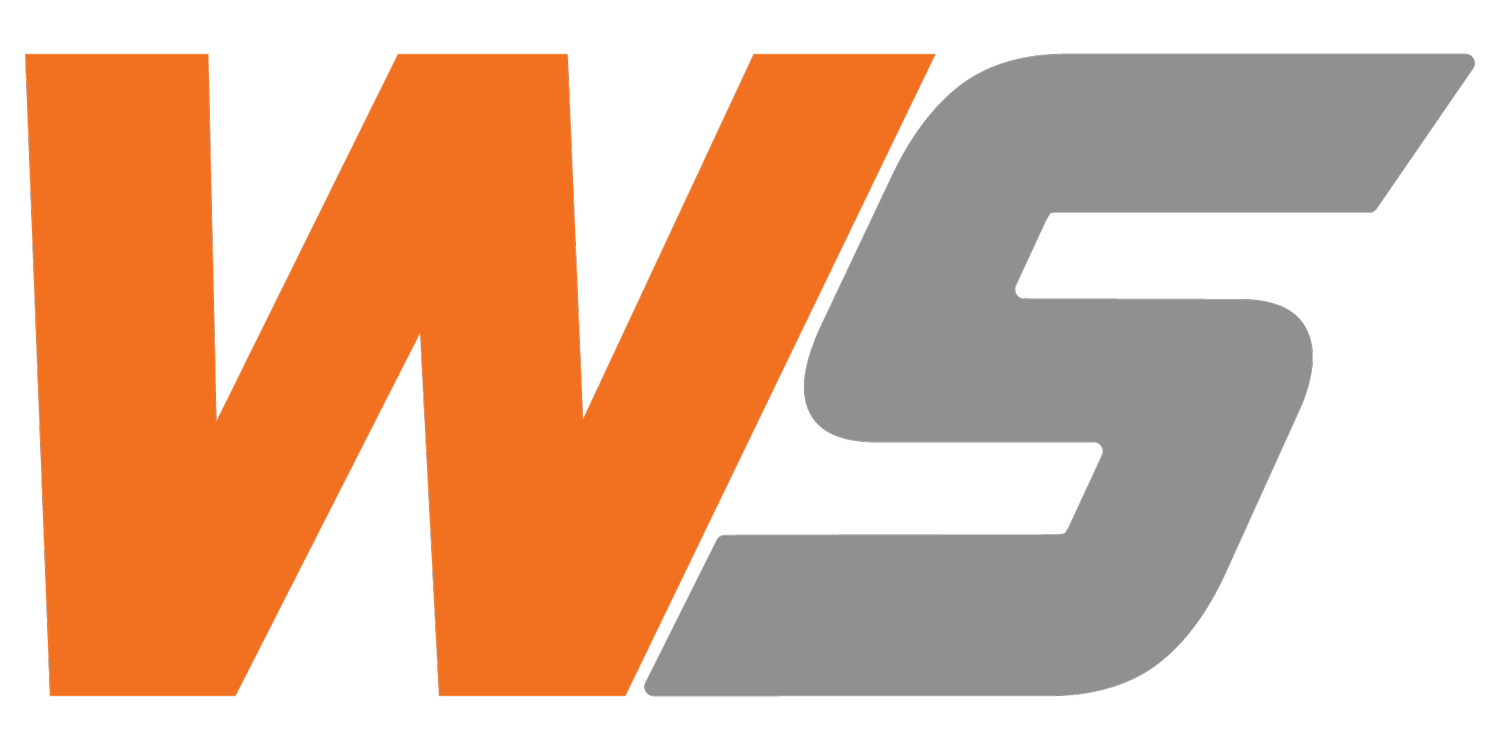HOW TO TRAIN THE LATS
Learn how to train your lats effectively with our ultimate guide! Discover the best exercises and techniques to strengthen and grow your latissimus dorsi, the largest muscles in your upper body. From improving your pulling strength to enhancing spine stability, we’ll cover everything you need to know for a stronger, more defined back.
The latissimus dorsi, or lats, are the largest muscles in the upper body. Our lats are fan-shaped muscles located on the back, and they play a crucial role in various movements, including pulling motions and stabilizing the spine during various activities.
Function of the lats:
The latissimus dorsi originates from the lower spine, pelvis, and lower ribs and inserts into the humerus (the upper arm bone). The lats are used for:
Shoulder adduction: Bringing the arm down to the side of the body
Shoulder extension: Moving the arm from in front to behind the body
Internal rotation: Rotating the arm inward
Scapular depression: Moving the shoulder blades downwards
Assists in scapular retraction: Moving the shoulder blades towards each other
Spinal and pelvic stabilization: Aids in posture control and stability during certain movements
To effectively train your lats, it is important to incorporate a variety of exercises that target these motions. The basics include:
Pull-ups/chin-ups
Shoulder adduction and extension
Scapular movement
Lat pulldowns
Shoulder adduction
Scapular depression
Bent-over rows or cable rows
Shoulder extension
Scapular retraction
Single-arm dumbbell rows
Unilateral training: This exercise provides a focus on one side of the body, improving muscle imbalances.
Shoulder extension and adduction
It is also important to understand how to target the different regions of the lats (upper, middle, and lower) to develop a strong, balanced back.
Upper Lats: important for developing a wide, V-shaped back. Movements that emphasize shoulder adduction and higher arm positions tend to target this region more effectively.
Examples include:
Wide-grip pull-ups = a wide grip increases the angle of shoulder abduction, this will place more emphasis on the upper lat muscle fibers
Lat-pulldowns = this exercise targets the upper lats by engaging them more during the adduction phase
Middle Lats: Important for developing thickness and overall size of the back. Movements that involve pulling with a neutral or slightly wider grip can effectively target this region.
Examples include:
Seated cable rows = engages middle lats with horizontal pulling and scapular retraction
Bent-over rows = the combination of shoulder extension and scapular retraction will place the emphasis on the middle lat fibers
Lower Lats: This region is important for creating a well-rounded back. Exercises that involve a narrow grip and emphasize shoulder extension tend to target this region.
Examples include:
Close-grip pull-ups = the narrow grip here places the emphasis on the lower lats by increasing shoulder extension and adduction
Straight arm pulldowns = This exercise focuses on shoulder extension, which emphasizes the lower lat fibers in this case.
Lastly, it is important to understand how your torso angle influences how you train your lats. Altering your torso angle directly affects the line of pull and influences which region of the lats is being targeted.
Upper Lats:
Torso position = typically upright or slightly leaning back
Examples: wide grip lat pulldowns, wide grip pull-ups, and high cable rows
Middle Lats:
Torso position = typically bent over at a 45-degree angle
Examples: bent-over rows, T-bar rows, seated cable rows, inverted rows
Lower Lats:
Torso position = typically more upright with a narrow grip
Examples: single-arm dumbbell row with upright torso, close-grip lat pulldowns, landmine rows
To maximize lat engagement during a training session, try using the following strategies:
Mind-muscle connection: Focus on feeling and visualizing the lat muscles contract with each rep to enhance neural drive.
Grip variations: Grip variations include overhand, underhand, and neutral hand positions.
Full range of motion: Using a full range of motion can help increase muscle fiber recruitment.
Eccentrics: focusing on the eccentric (muscle lengthening) portion of a lift can enhance muscle growth and strength development.
Share this post:


